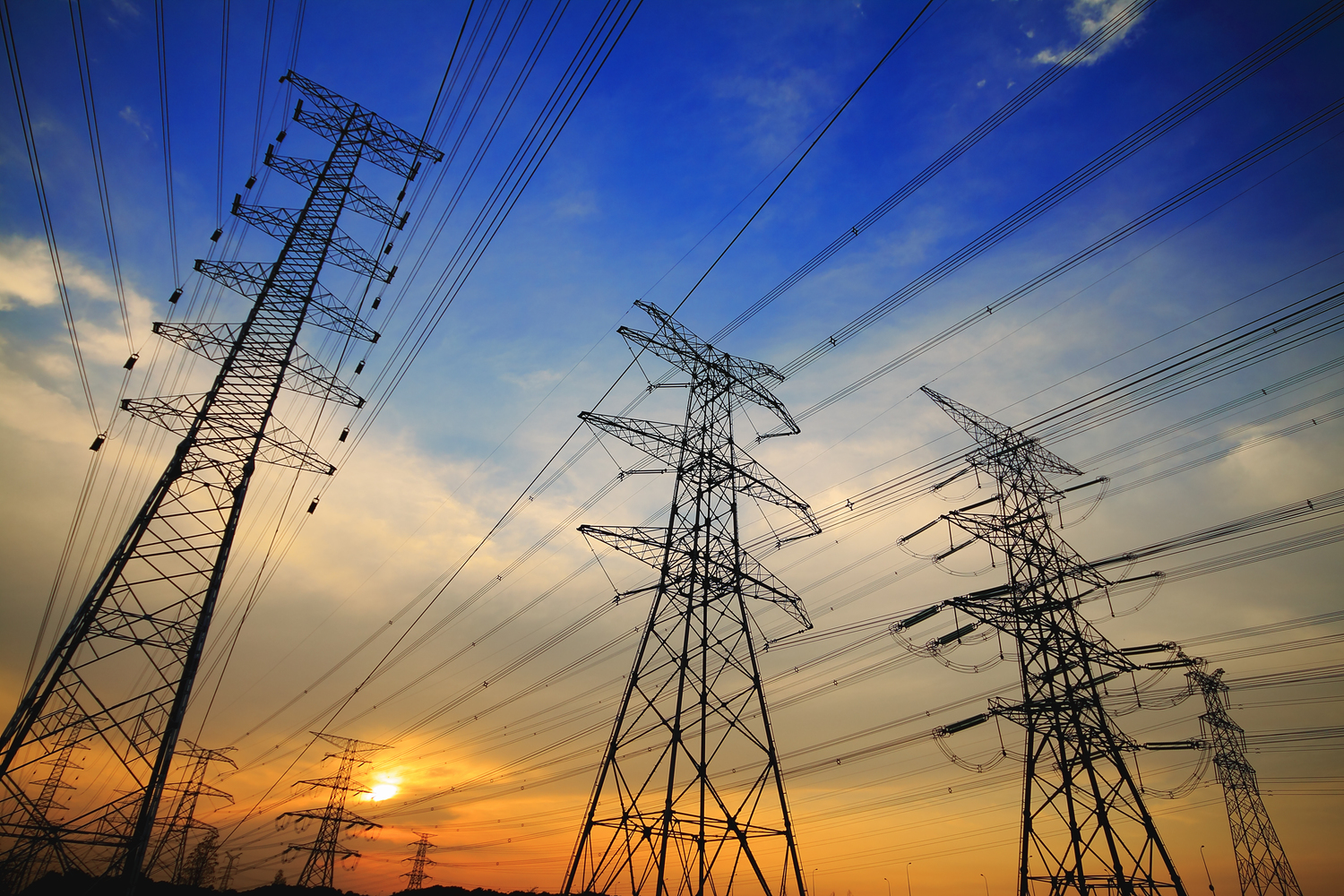In line with efforts to set up a regional power grid, Iran Power Generation, Distribution and Transmission Company, known as Tavanir, is in talks to synchronize Iran's electricity network with that of Iraq in a collaboration that could potentially be extended to other neighbors, the company's managing director said.
"Connecting the two countries' power grids, which is high on Tavanir 's agenda, will not only pave the way to connect the electricity grid with other neighboring states, namely Jordan, Lebanon and Syria, but also enables Iran to promote its electricity exports to Pakistan and Afghanistan," Arash Kordi was also quoted as saying by IRNA on Tuesday.
Attaching great importance to the initiative, Kordi said, "The synchronization project can play a major role in exchanging power among neighbors, especially during peak demand hours."
According to the official, the country's power export during the first six months of the current fiscal that started in March has experienced a 30% rise compared with last year's corresponding period and as soon as the regional power grid venture is set up, it will boost export trade.
"Iran's annual power exports amount to $750 million," Kordi said, adding that the country's electricity export is three times higher than imports.
Pointing to plans to increase the country’s power grid sustainability, he noted that Iran has embarked on joint ventures to synchronize its electricity network with those of regional countries.
Under swap deals, Iran exports electricity to Armenia and Azerbaijan in winter and imports it when domestic demand soars in summer. The country trades electricity with four neighbors on its northwestern and western borders, namely Azerbaijan Republic (including Nakhchivan Autonomous Region), Turkey, Armenia and Iraq.
Highlighting Iran’s electricity consumption that reached a peak of 55,400 megawatts in July, Kordi said that despite high domestic demand, Tavanir has been able to provide subscribers with the much-needed power with the lowest number of outages across the country.
"Notwithstanding estimates, electricity consumption projeccted to see a 5% increase in 2017 went up by 7%," he said.
Energy experts believe power consumption in Iran is worrisome and if the current trend continues, the total amount of energy generated in the country will have to be used domestically by 2025.
Kordi also noted that improving Iran's expansive but dilapidated power grid to smart-grid—an interconnected network for delivering electricity from suppliers to consumers—will mark an important turnaround in domestic power sector.
What makes a grid smart is the digital technology that allows for two-way communication between the utility and its customers, and the sensing along the transmission lines.


